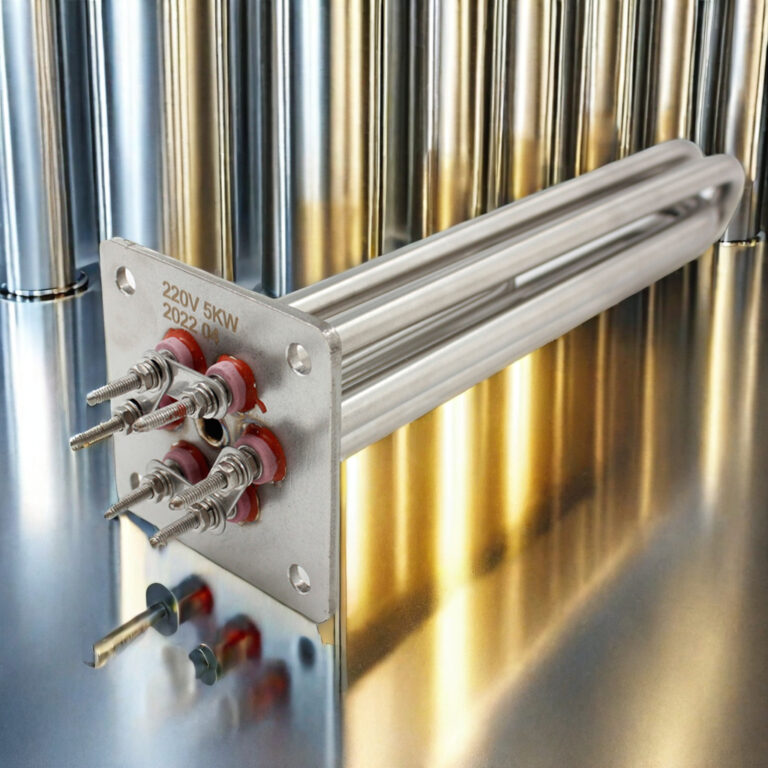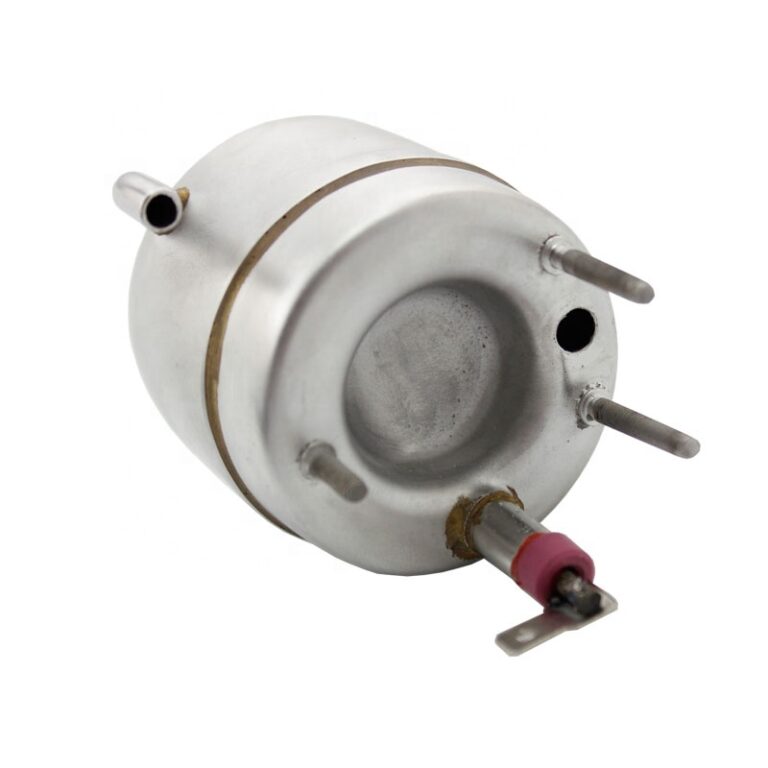热水箱加热元件更换相当不方便, leading to issues such as a lack of hot water for showers or an inefficient heating system. 所以, how can you determine if the heating element in your hot water tank is faulty? This article will guide you through the methods to diagnose the problem and explain how to do hot water tank heating element replacement.

Methods to Determine if the Heating Element is Faulty
1. Insufficient Hot Water Supply
If you notice a significant reduction in the hot water supply, it could be due to an aging or damaged heating element. You can check this by following these steps:
- Turn Off the Power: Ensure safety by turning off the power supply to the hot water tank.
- Check Thermostat Settings: Make sure the thermostat is set to the appropriate temperature.
- Use an Ohmmeter: Check the resistance of the heating element using an ohmmeter. If the resistance is infinite or zero, the heating element is likely faulty.
2. Slow Heating of Water
If the water takes longer to heat than usual, the heating element might be the issue. A damaged element cannot provide sufficient heat, leading to slower heating times.
3. Unusual Noises
Normally, a hot water tank should operate with minimal noise. If you suddenly hear hissing or other unusual sounds, it could be due to sediment buildup in the heating element, which might require replacement.
4. Changes in Water Quality
If you notice an unusual smell or color in the hot water, this could also be a sign of a problematic heating element. Sediment buildup can cause these changes, and you may need to clean or replace the element.
Common Issues and Possible Solutions
| Issue Type | Possible Cause | Inspection Steps and Solutions |
|---|---|---|
| Insufficient Hot Water | Damaged Heating Element | Turn off power, check resistance with an ohmmeter |
| Slow Heating | Aging or Damaged Heating Element | Check thermostat settings, listen for unusual noises, inspect for sediment buildup |
| Unusual Noises | Sediment Buildup or Damaged Heating Element | Inspect for sediment buildup, clean or replace the element |
| Water Quality Changes | Sediment Buildup in Heating Element | Clean the hot water tank, replace the heating element if necessary |
Steps of Hot Water Tank Heating Element Replacement
Below are the steps for replacing the heating element in your hot water tank:
- Gather Tools: You will need a screwdriver, wrench, ohmmeter, and a new heating element.
- Turn Off Power and Water Supply: Ensure safety by turning off the power and water supply to the hot water tank.
- Drain the Tank: Use a drain hose to empty the water from the tank.
- Remove the Old Element: Use a screwdriver and wrench to remove the old heating element.
- Install the New Element: Place the new heating element in the original position and secure it with screws.
- Reconnect Water and Power: Check all connections to ensure there are no leaks or loose fittings, then reconnect the water and power supply.
Post-Replacement Tips
After replacing the heating element, it is recommended to heat a small amount of water and then drain it to ensure the water quality is normal. This ensures that the new heating element is functioning correctly and does not affect the water quality.
By following the above methods and steps, you should be able to effectively determine if your hot water tank’s heating element is faulty and perform the necessary replacement. If you are unsure, it is advisable to seek professional help to ensure safety. We hope this article helps you easily resolve issues related to your hot water tank.




